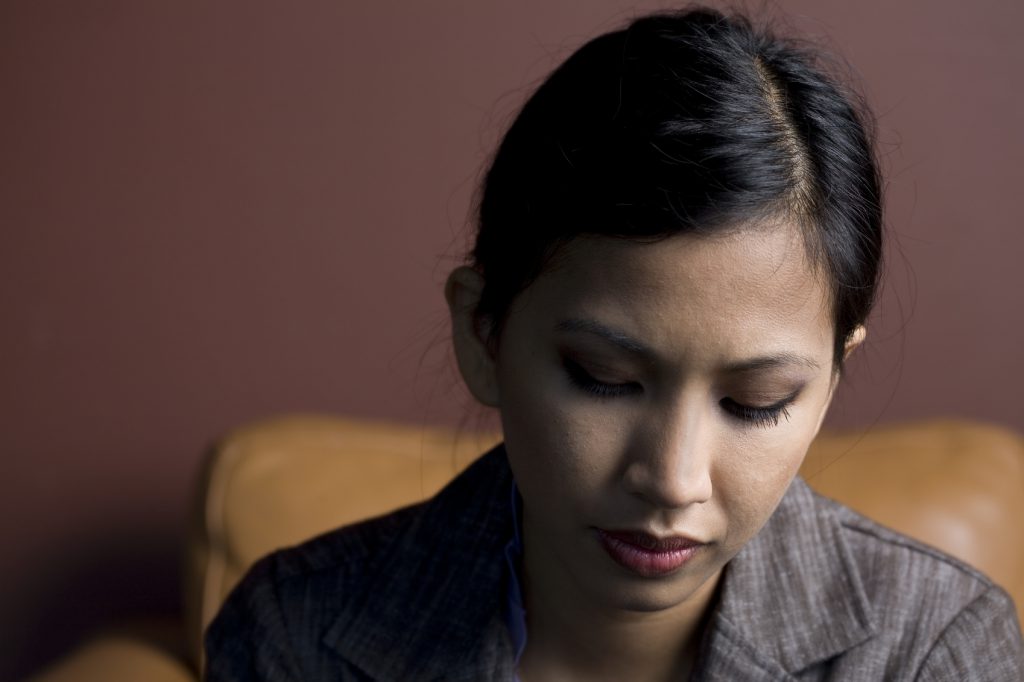The American Ballet Theatre has been releasing quite a handful of exciting news lately. You’ve probably already heard about Misty Copeland becoming the first African American principal dancer with the company, but Copeland isn’t the only one making history in American Ballet Theatre, which is now in its 75th year.
Stella Abrera has just become the very first Filipino American to rise to principal ranking, the highest position in any ballet company. Abreba will be performing the title role in the American Ballet Theatre’s production of Cinderella. Sound like a real-life fairytale? Abreba seems to think so too.
“It is a dream come true,” she said of her new position and role. “Every young dancer who joins a large company has dreams of becoming a principal. Once you’ve spent a few years in a company, you realize how much it takes to get to that level.”
Abreba has been studying dance since the age of 5 and joined the American Ballet Theatre at the age of 17 in 1996. Despite her many years with the company, she admits that becoming principal dancer can be an overwhelming and sometimes unrealistic goal. Instead she focused on the joy she felt while dancing and strived to give her very best during every performance.
“I feel extremely lucky and blessed that I’ve been granted this recognition,” she said. “I always had a hope, but it was never my ultimate goal at this point in my career. My ultimate goal was to present the best art that I could every time . … I’m completely over the moon.”

It seems Abreba succeeded in impressing audiences during her many, many performances. According to the American Ballet Theatre’s press release, Abreba has an incredible amount of experience under her belt:
Her repertoire with ABT includes Calliope in Apollo, Gamzatti in La Bayadère, the Ballerina in The Bright Stream, the Fairy Godmother in Frederick Ashton’s Cinderella, Gulnare in Le Corsaire, Mercedes and the Driad Queen in Don Quixote, Helena in The Dream, Giselle, Myrta and the peasant pas de deux in Giselle, Manon in Lady of the Camellias, Lescaut’s Mistress in Manon, His Friend’s Wife in The Moor’s Pavane, Clara, the Princess in Alexei Ratmansky’s The Nutcracker, Emilia in Othello, the Older Sister in Pillar of Fire, Lady Capulet in Romeo and Juliet, the Lilac Fairy and Princess Florine in The Sleeping Beauty, the pas de trois in Swan Lake, leading roles in Airs, Bach Partita, Baker’s Dozen, Ballet Imperial, Birthday Offering, The Brahms-Haydn Variations, C. to C. (Close to Chuck), Fancy Free, In the Upper Room, The Leaves Are Fading, Petite Mort, Sinfonietta, Les Sylphides, Symphonic Variations, Symphonie Concertante, Symphony #9, Symphony in C, Thirteen Diversions, Within You Without You: A Tribute to George Harrison, Without Words. Abrera created the Spanish Dance in Ratmansky’s The Nutcracker, the Fairy Violente (Temperament) in Ratmansky’s The Sleeping Beauty and leading roles in Pretty Good Year and Seven Sonatas. Abrera received the Gold Medal at the Royal Academy of Dancing’s Adeline Genee Awards in London in 1995. She has performed as a guest artist across the United States and Europe, as well as with The Australian Ballet, The Royal New Zealand Ballet and Ballet Philippines.
Despite her inspiring achievements, her parents, who have always been her biggest supporters despite the fact that she is the very first dancer in the family, admits that she will always be their little girl who is simply doing what she has always loved.
“We really don’t realize how famous she is,” her parents laughed. “We just think of her as just our daughter.”









